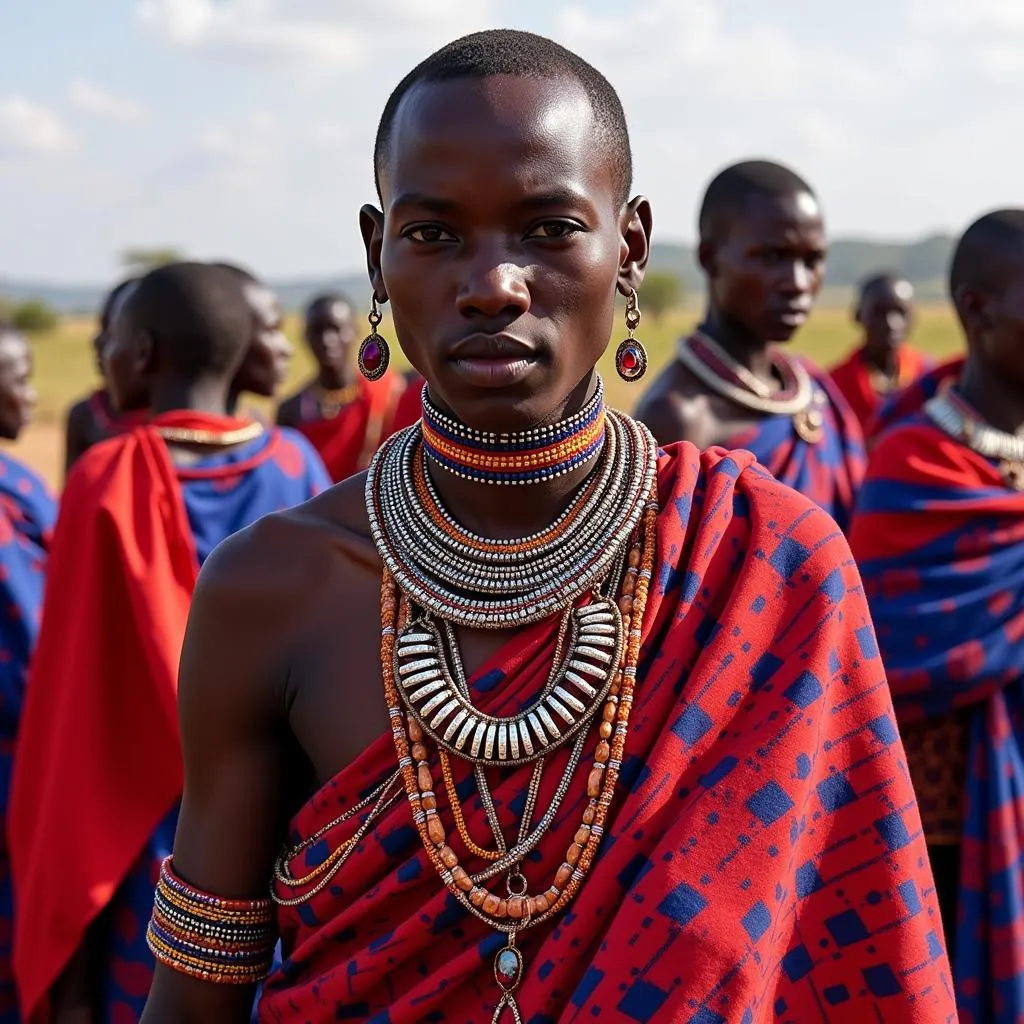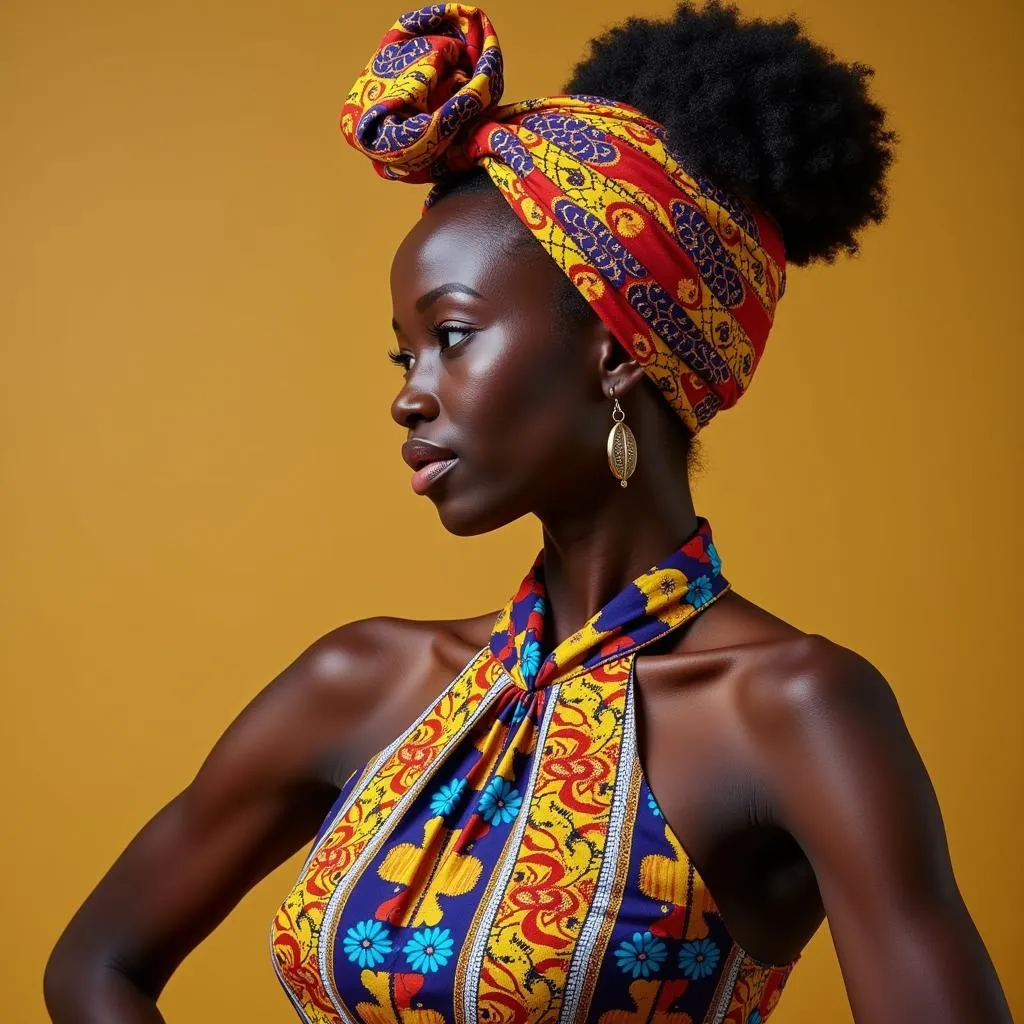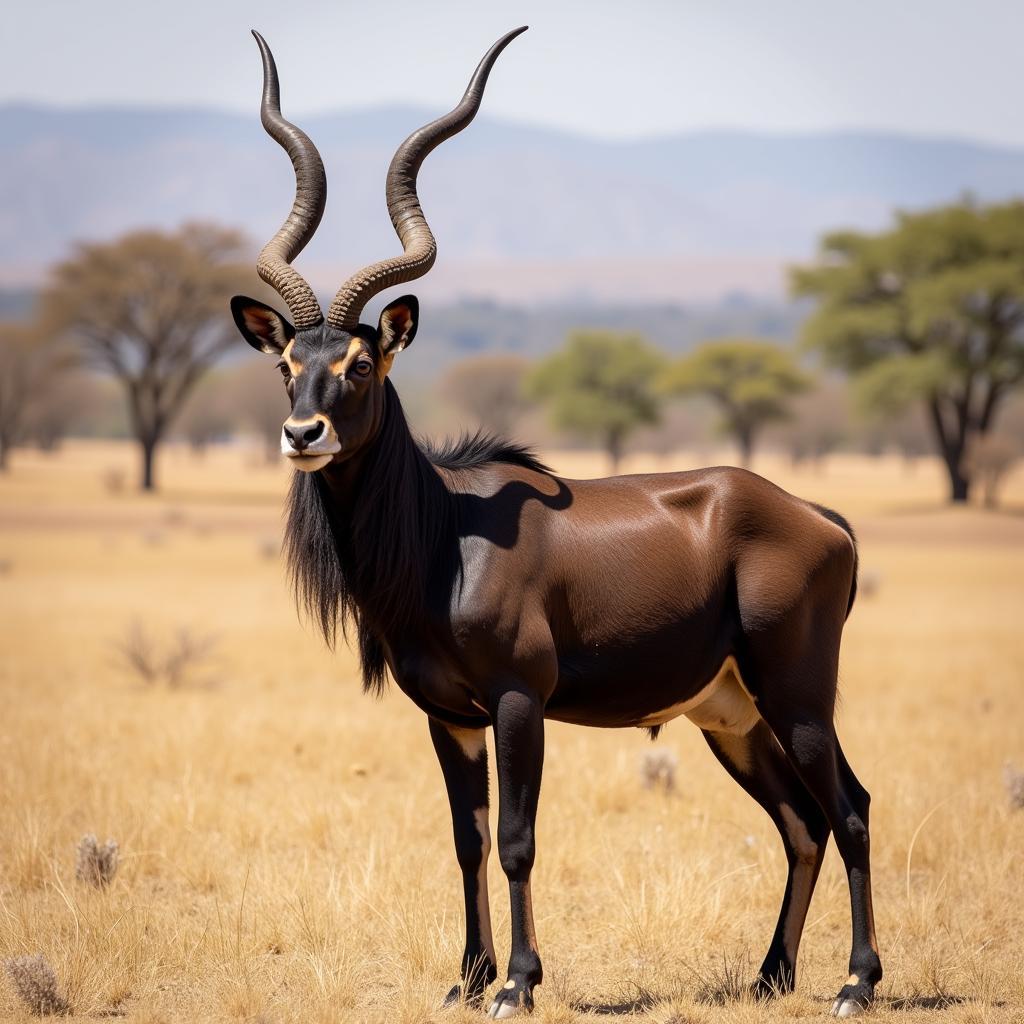African Attire Designs: A Journey Through Culture & Style
African Attire Designs are more than just clothing; they are a vibrant tapestry woven from history, tradition, and artistry. Each region, each country, boasts its own unique styles, patterns, and fabrics, reflecting the diversity and richness of the African continent. From the flowing robes of the Sahara to the intricate beadwork of the south, African attire designs offer a glimpse into the soul of a people.
Unveiling the Diversity of African Attire Designs
The beauty of African attire designs lies in their diversity. Every region has its own signature style, influenced by its climate, culture, and history.
North Africa: Elegance in Simplicity
In North Africa, loose-fitting garments reign supreme. The djellaba, a long, hooded robe popular in Morocco, provides comfort in the desert heat while exuding an air of understated elegance. Women often adorn their djellabas with intricate embroidery, showcasing their craftsmanship and adding a touch of personal flair.
West Africa: Bold Prints & Vibrant Colors
West Africa explodes with a riot of colors and patterns. Ankara, also known as African print fabric, is a staple, characterized by bold, geometric designs and vibrant hues. From flowing boubous to tailored suits, Ankara brings a touch of exuberance to every occasion.
East Africa: Flowing Fabrics & Cultural Fusion
East Africa presents a fascinating blend of cultural influences. The kanga, a colorful rectangular cloth adorned with Swahili proverbs, reflects the region’s rich heritage. Meanwhile, the kanzu, a long white robe worn by men, speaks to the influence of Arab culture.
 East African Maasai people in traditional attire
East African Maasai people in traditional attire
Southern Africa: A Tapestry of Cultures
Southern Africa’s attire reflects its diverse ethnic groups. The Maasai are known for their striking red and blue shukas (wraps) and intricate beadwork, while the Herero women wear distinctive Victorian-style dresses, a legacy of their colonial past.
The Significance of Patterns and Symbols
Beyond their aesthetic appeal, African attire designs often carry deep cultural significance. Patterns and symbols are not merely decorative; they convey stories, beliefs, and social status.
Adinkra Symbols: Language of Wisdom
In Ghana, Adinkra symbols, traditionally printed on cloth, express profound proverbs and philosophical concepts. Each symbol holds a specific meaning, making them a powerful form of visual communication.
Kente Cloth: Weaving History and Status
Originating from the Ashanti people of Ghana, Kente cloth is more than just fabric; it is a symbol of royalty, history, and cultural pride. The intricate patterns and colors woven into each cloth tell stories of Ashanti kings, important events, and spiritual beliefs.
 African woman in traditional attire
African woman in traditional attire
Modern Adaptations: African Attire on the Global Stage
Today, African attire designs are experiencing a renaissance, embraced by designers and fashion enthusiasts worldwide. Contemporary designers are fusing traditional elements with modern silhouettes, creating innovative and stylish pieces that celebrate African heritage.
From Runways to Red Carpets
African prints and designs have graced international runways, from New York to Paris, showcasing the continent’s burgeoning fashion industry. Celebrities and influencers have also embraced African attire, bringing its unique aesthetic to the global stage.
A Celebration of Heritage and Identity
The growing popularity of African attire designs speaks to a broader movement of cultural appreciation and inclusivity. By embracing these styles, people are celebrating the diversity and richness of African culture while making a bold fashion statement.
Conclusion: Embracing the Vibrancy of African Attire
African attire designs are a testament to the continent’s rich cultural heritage and creative spirit. From the bold prints of West Africa to the flowing robes of North Africa, each design tells a story, reflects a tradition, and embodies a unique identity. By exploring the diverse world of African attire, we embark on a journey of discovery, appreciating the beauty, symbolism, and artistry woven into every thread. So, embrace the vibrancy, celebrate the heritage, and explore the world of African attire designs.
FAQ: Commonly Asked Questions About African Attire
1. What is the most popular fabric used in African attire?
Ankara, also known as African print fabric, is one of the most popular fabrics used in African attire, particularly in West Africa.
2. What is the significance of headwraps in African culture?
Headwraps hold significant cultural value in many African cultures, signifying marital status, age, and social standing. They are also seen as a symbol of respect and elegance.
3. Where can I find authentic African attire designs?
You can find authentic African attire designs from various sources, including online marketplaces specializing in African fashion, local boutiques, and directly from artisans and designers in Africa.
4. Are there specific occasions where certain African attire designs are worn?
Yes, certain African attire designs are reserved for specific occasions. For instance, elaborate outfits might be worn for weddings and festivals, while everyday wear tends to be more casual.
5. How can I incorporate African attire into my wardrobe?
You can incorporate African attire into your wardrobe by adding statement pieces like a colorful Ankara top or a beaded necklace to your existing outfits. You can also opt for clothing and accessories made with African prints and fabrics.
For any inquiries about African attire or assistance with designs, don’t hesitate to reach out to us:
Phone: +255768904061
Email: kaka.mag@gmail.com
Address: Mbarali DC Mawindi, Kangaga, Tanzania
Our dedicated customer support team is available 24/7 to assist you.
Explore more about African culture and style:
- Learn about the elegant African agbada.
- Discover the beauty of African embroidery dress designs.
- Find inspiration from stylish African print outfits.
- Immerse yourself in the art of African bbw woman painting.
- Explore unique African bridesmaid dress styles.
We encourage you to delve deeper into the world of African attire and uncover the captivating stories behind each unique design.



